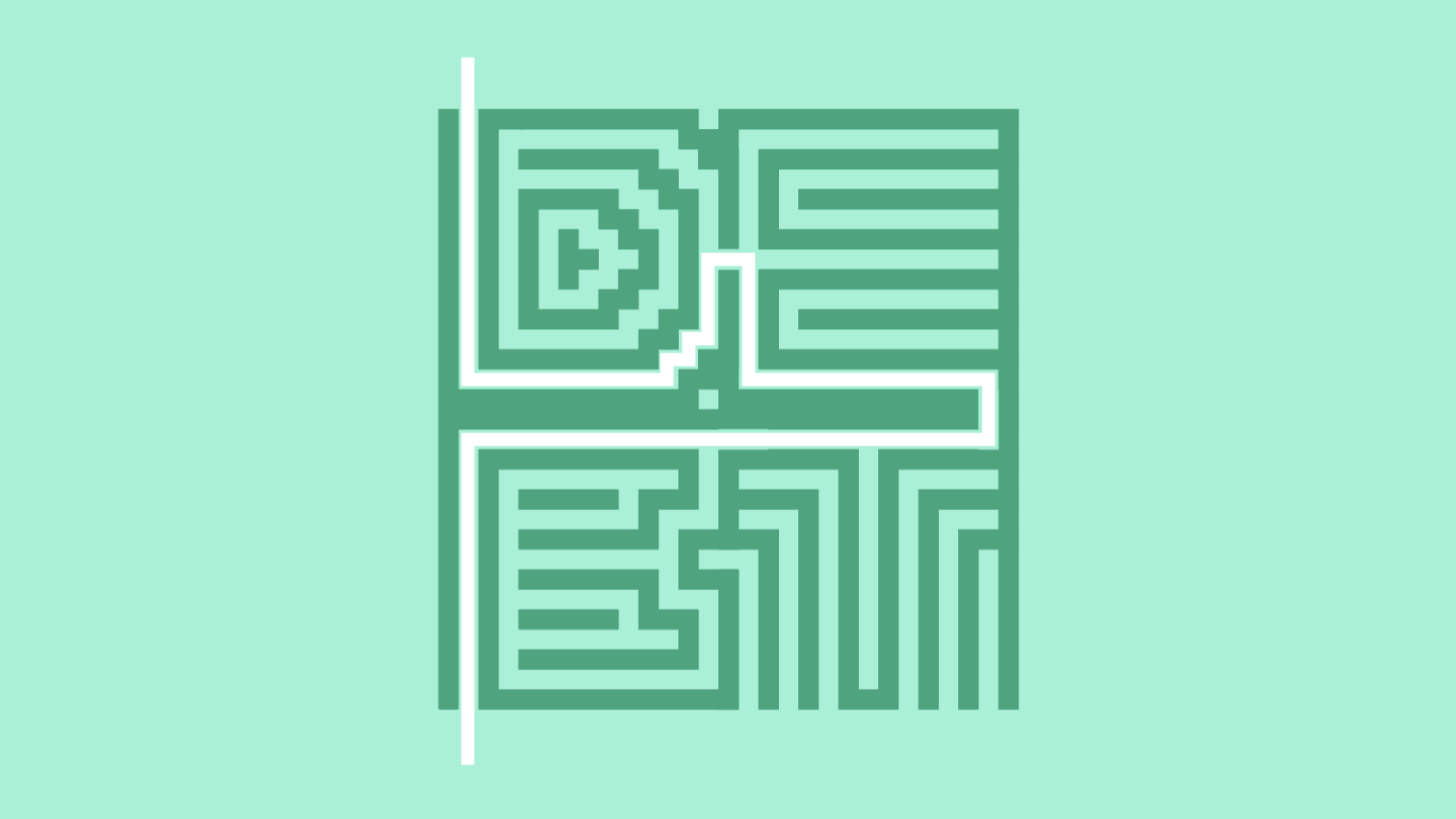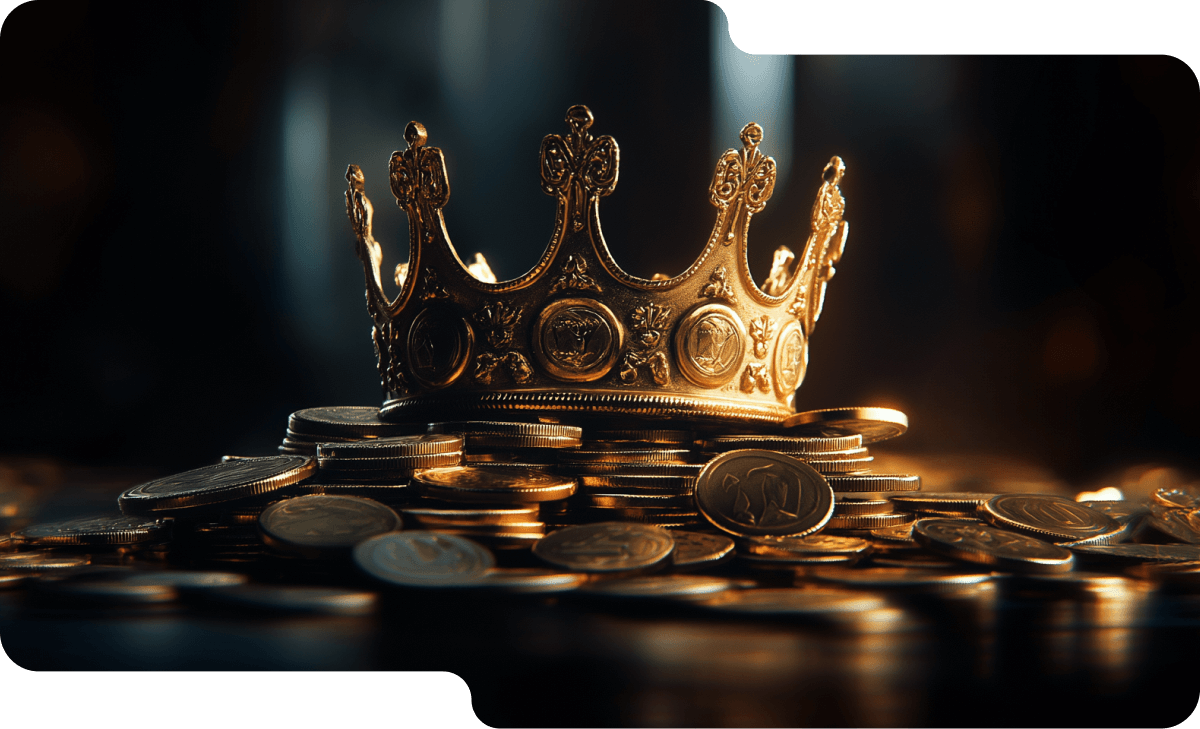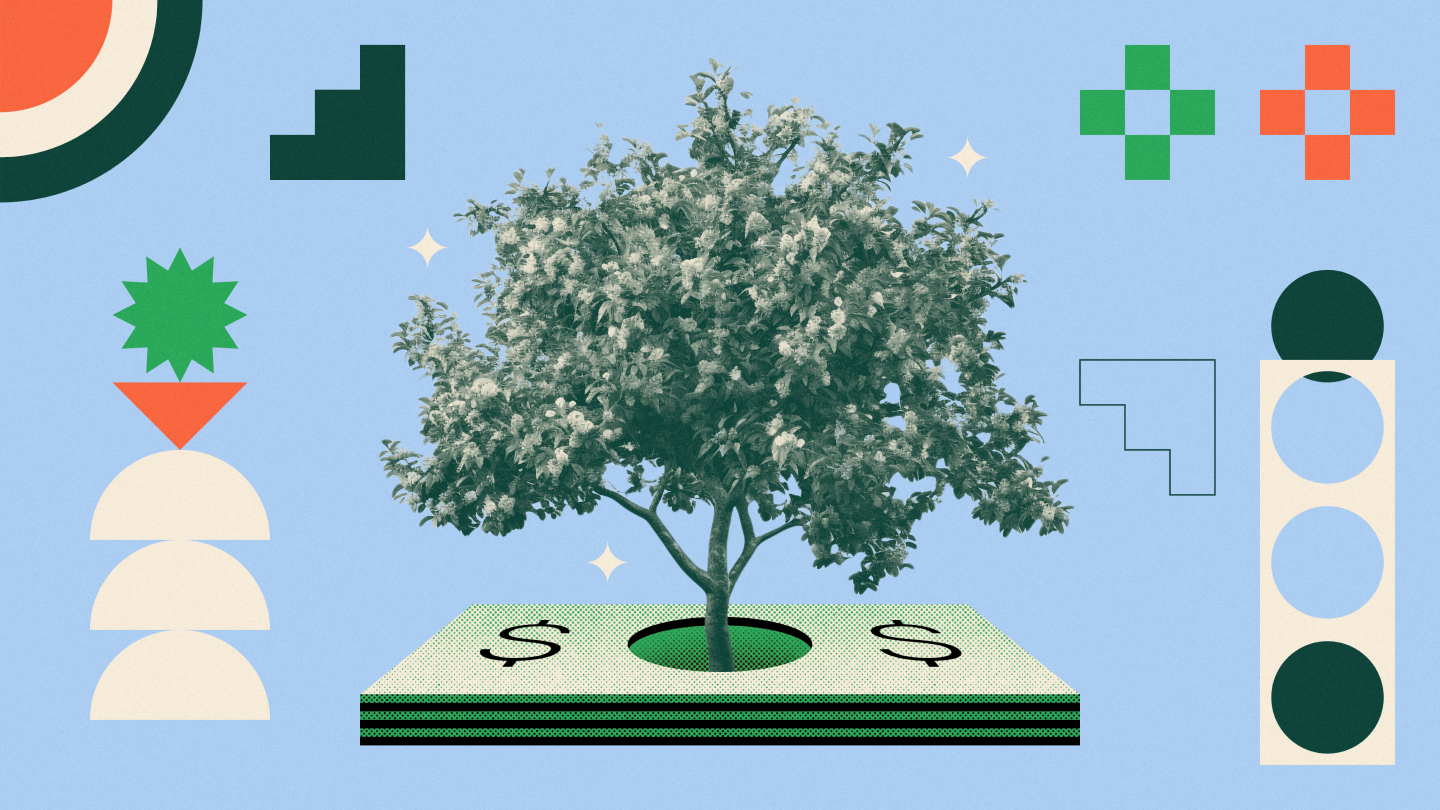Not every 4 letter word has to be bad, and debt is the perfect example. Debt in itself can be a tool in your financial portfolio when chosen carefully and managed properly. The simple truth is that for most Canadians, debt is unavoidable.
Canadians from all walks of life have debt. In fact, the average Canadian owes over $70,000, according to a study conducted by Equifax in 2020. This $70,000 in consumer debt is held in many different forms such as credit cards, student loans, and mortgages.
The most important thing in managing debt is to understand it fully, ask yourself the right questions, and make an informed decision before you take it on. But what do you do if you’ve already gone down the debt rabbit hole before really understanding it? Well, whether you’re looking at taking on new debt, or trying to figure out how to manage your existing debt, we’ll give you simple, straightforward strategies that will enable you to manage your debt, and hopefully provide you with peace of mind.
What is debt? And the most common types you'll come across
Let’s take a moment to define debt and understand the different types of consumer debt that exist. In basic terms, debt is money owed from one party to another. The definition of it is easy enough to understand, but over time it has become so much more complicated than that. Gone are the days of I.O.Us, now are the days of complicated legal jargon and debt that spans over 30 years.
There are 2 categories and 2 types of debt. Here’s what they are, how they work, and a few examples for each:
Categories:
- Secured debt
Secured debt is a form of debt that requires some type of collateral (or security) to borrow against. Have you ever gone to borrow a towel from a gym and they ask for a piece of ID or your car keys? That’s a form of collateral, and also how secured debt works.
Lenders lend against secured debt knowing that if the debt doesn’t get paid they can take ownership (or repossess) the collateral. Sometimes the collateral is sold to recover the amount owing.
Secured debt examples: mortgage, car loan, home equity line of credit (HELOC), secured credit card
- Unsecured debt
As the name suggests, unsecured debt is the opposite of secured debt in that it does not require any collateral. Back to the gym example, some gyms offer towels as part of your fees and don’t require you to offer anything up when grabbing one. Ideally, they’d like you to return it, but sometimes you bring a towel home and that’s a risk the gym takes.
Unsecured debt is higher risk for lenders, which is reflected in the interest rates you pay. Think of how much higher credit card interest rates are than a mortgage, this is because unsecured debt has a higher risk of loss to lenders.
Unsecured debt examples: credit card, student loan, overdraft, payday loan
Types:
- Revolving debt
Revolving debt can either be secured or unsecured, and has no set date on when it’s supposed to be paid off. It does have a minimum monthly payment equal to the interest owing, but you are under no obligation to pay off the principal amount as part of the minimum payments.
This is the most flexible type of debt as it allows you to choose how much you want to borrow or pay off. If you want to close it out, you have the freedom to do that too. There are no penalties involved in paying off or closing these types of loans.
Examples of revolving debt: credit card, HELOC, personal line of credit
- Term debt
Term debt is revolving debt’s counterpart in every way. It has a set loan amount, timeframe to pay it back (term), interest rate, and penalty to close it out early. There is a principal amount owed (also known as the borrowing or loan amount) which is expected to be paid off in a certain amount of time. The monthly payments consist of principal plus interest.
While this type of loan is not the most flexible, it typically holds the best interest rates, lets you know exactly how much your monthly payments are, and allows you to pay off the debt over time. These are generally for higher amounts than revolving debt and are used for larger purchases such as a car or home.
Examples of term debt: mortgage, car loan, student loan
Debt types and examples
| | Secured Debt | Unsecured Debt | |



